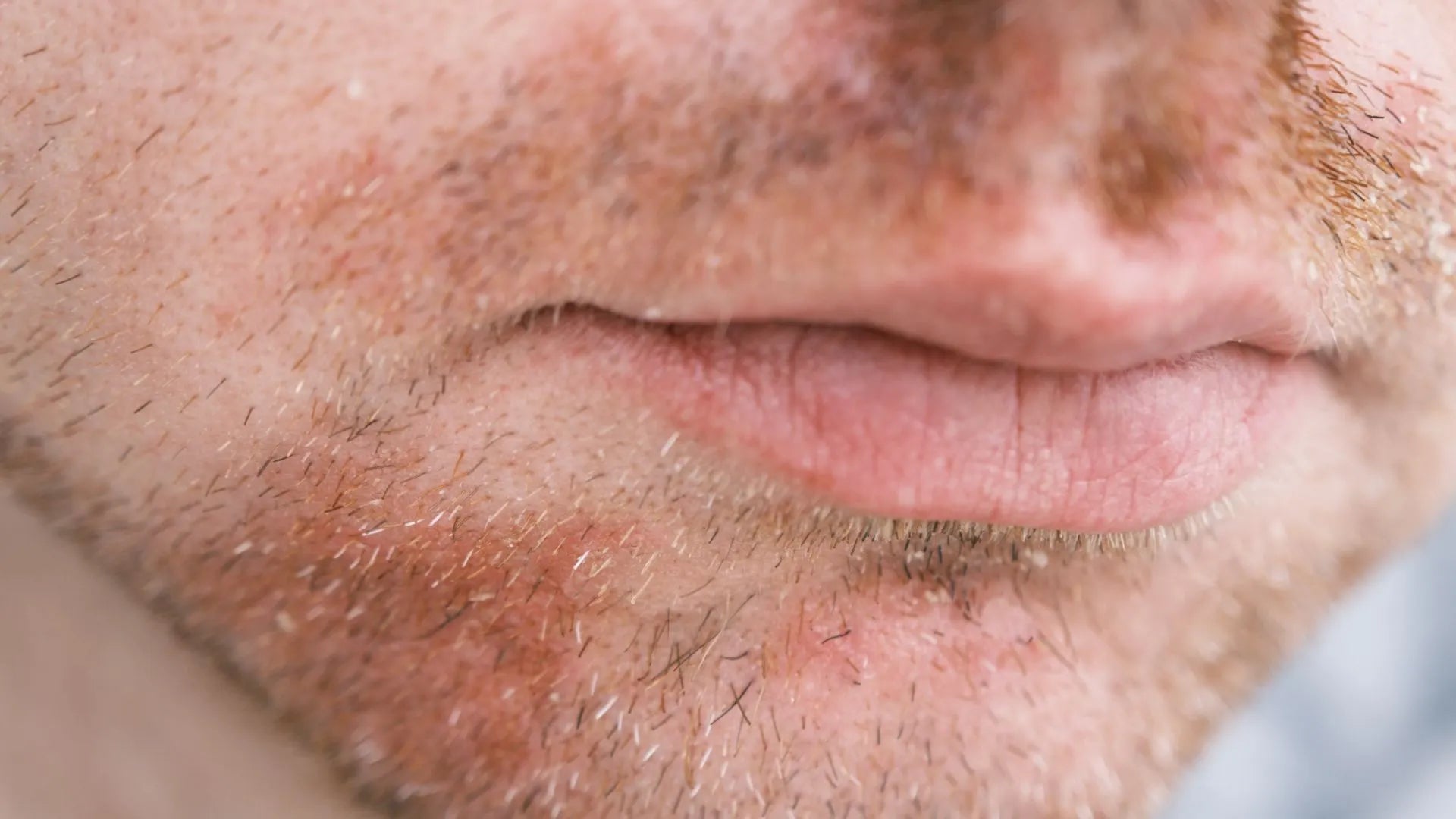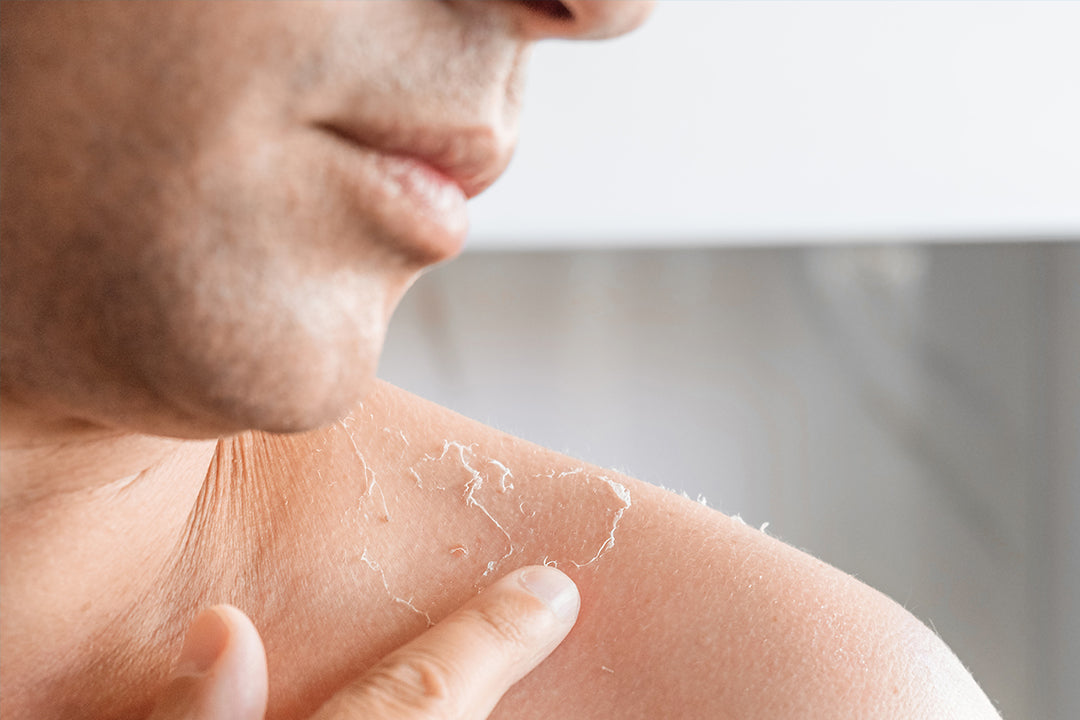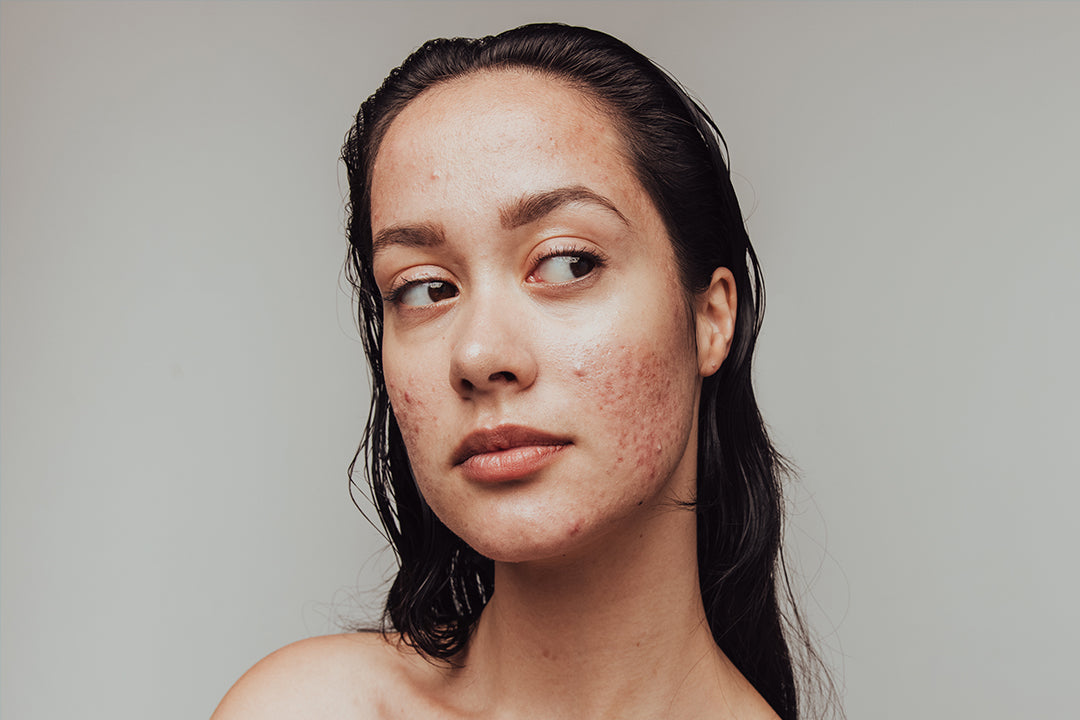Seborrheic keratosis is a common skin condition that affects many individuals, causing the appearance of rough, scaly patches on the skin's surface. If you're one of the millions of people dealing with seborrheic keratosis, you may be wondering if there's a solution to help improve the appearance of these unsightly patches. In this comprehensive guide, we'll explore the effectiveness of glycolic acid in treating seborrheic keratosis and provide you with all the information you need to make an informed decision about your skincare routine.
Understanding Seborrheic Keratosis
Before we dive into the potential benefits of glycolic acid for seborrheic keratosis, let's first understand what this skin condition is all about. Seborrheic keratosis is a non-cancerous growth that appears as a scaly or waxy patch on the skin. It's most commonly found in older individuals and can occur anywhere on the body, including the face, neck, chest, and back.
While seborrheic keratosis is generally harmless, it can be a cosmetic concern for many people. The patches can vary in color and texture, ranging from tan to brown and from smooth to rough. Some individuals may experience itching or irritation in the affected areas.
The Role of Glycolic Acid
Glycolic acid is a popular skincare ingredient known for its exfoliating properties. It belongs to a group of chemicals called alpha hydroxy acids (AHAs), which are derived from fruits and milk sugars. Glycolic acid works by loosening the bonds between dead skin cells, helping to reveal smoother and brighter skin.
When it comes to seborrheic keratosis, glycolic acid can potentially help improve the appearance of these rough patches. By exfoliating the top layer of skin, glycolic acid may help reduce the thickness and scaling associated with seborrheic keratosis, leading to a smoother and more even skin texture.
How to Use Glycolic Acid for Seborrheic Keratosis
If you're interested in incorporating glycolic acid into your skincare routine to help with seborrheic keratosis, it's essential to use it correctly to maximize its effectiveness while minimizing the risk of irritation. Here are a few tips:
1. Start with a low concentration: If you're new to glycolic acid, begin with a product that contains a low concentration, such as 5% or 10%. This allows your skin to adjust to the exfoliating properties of the acid gradually.
2. Perform a patch test: Before applying glycolic acid all over your face or body, perform a patch test on a small area of skin to check for any adverse reactions or sensitivity.
3. Follow the instructions: Always follow the instructions provided by the product manufacturer. Each glycolic acid product may have different guidelines for application and frequency of use.
4. Use sunscreen: Glycolic acid can make your skin more sensitive to the sun's harmful rays. Always apply a broad-spectrum sunscreen with at least SPF 30 before going outside.
FAQs About Glycolic Acid and Seborrheic Keratosis
1. Can glycolic acid completely remove seborrheic keratosis?
Glycolic acid can help improve the appearance of seborrheic keratosis, but it may not completely remove it. If you're concerned about a specific patch, it's best to consult with a dermatologist for personalized advice.
2. How long does it take to see results with glycolic acid?
The results of using glycolic acid can vary depending on the individual and the severity of the seborrheic keratosis. Some people may see improvements within a few weeks, while others may take longer.
3. Can glycolic acid cause skin irritation?
Glycolic acid is generally well-tolerated by most individuals, but it can cause skin irritation, especially if used incorrectly or in high concentrations. It's essential to follow the instructions provided by the product manufacturer and start with a low concentration.
4. Can glycolic acid be used with other skincare ingredients?
Glycolic acid can be used in conjunction with other skincare ingredients, but it's important to introduce them gradually to avoid overwhelming your skin. Consult with a dermatologist or skincare professional for personalized recommendations.
5. Are there any side effects of using glycolic acid?
Some individuals may experience mild side effects, such as redness, dryness, or peeling when using glycolic acid. These side effects are usually temporary and can be minimized by adjusting the frequency or concentration of the product.
Remember, it's always best to consult with a dermatologist or skincare professional before introducing new products or ingredients into your skincare routine, especially if you have specific skin concerns or conditions like seborrheic keratosis.
Takeaways
Glycolic acid offers many potential benefits for individuals dealing with seborrheic keratosis. By incorporating glycolic acid into your skincare routine, you may be able to improve the appearance of these rough patches and achieve smoother, more even skin.
However, it's important to remember that everyone's skin is unique, and what works for one person may not work for another. If you're unsure about using glycolic acid or have any concerns about your skin, it's always best to consult with a dermatologist or skincare professional.
At QRxLabs, we offer a range of skincare products that contain glycolic acid and other beneficial ingredients. Our products are designed to be effective yet gentle, suitable for all skin types. If you're interested in learning more or trying out our products, visit our website and explore our collection today!









